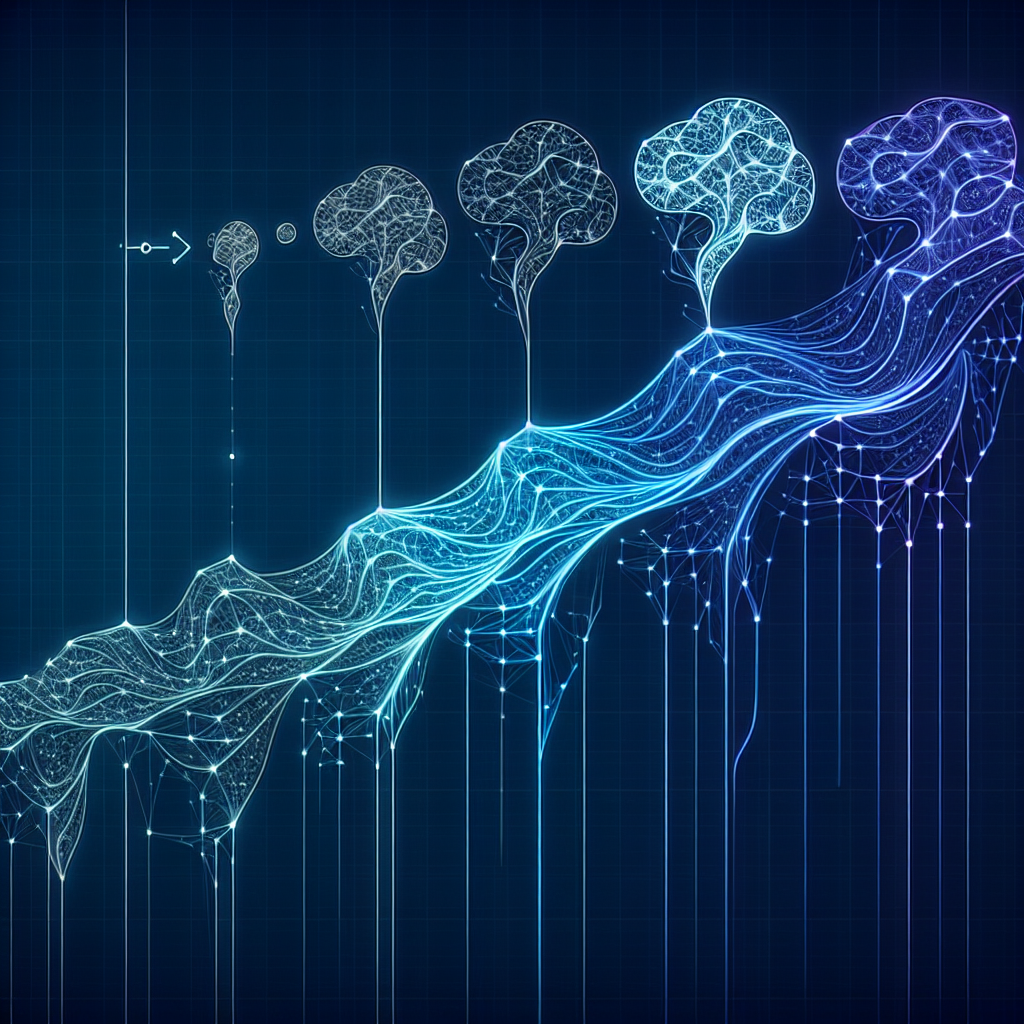Deep neural networks have become a powerful tool in the field of artificial intelligence, revolutionizing the way we approach complex problems in areas such as image recognition, natural language processing, and autonomous driving. But how did these sophisticated algorithms come to be? In this article, we will explore the historical evolution of deep neural networks, tracing their development from the early days of neural network research to the cutting-edge models of today.
The concept of neural networks dates back to the 1940s, when researchers first began to explore the idea of using interconnected nodes, or “neurons,” to simulate the brain’s ability to process information. In the following decades, neural network research experienced periods of both enthusiasm and skepticism, with early models failing to live up to their potential due to limitations in computing power and data availability.
It wasn’t until the 1980s that interest in neural networks was reignited, thanks in part to the development of the backpropagation algorithm, which allowed for more efficient training of multi-layer networks. This breakthrough paved the way for the development of deep neural networks, which are characterized by their ability to learn complex patterns and representations from data.
In the 2000s, deep learning experienced a renaissance, fueled by advances in hardware, data availability, and algorithmic improvements. Researchers began to explore new architectures, such as convolutional neural networks (CNNs) for image recognition and recurrent neural networks (RNNs) for sequence modeling. These models proved to be highly effective in a wide range of applications, from speech recognition to machine translation.
In recent years, deep neural networks have continued to evolve, with researchers pushing the boundaries of what is possible in terms of model complexity, accuracy, and efficiency. Models such as Transformer architectures and GPT (Generative Pre-trained Transformer) have achieved impressive results in tasks such as language modeling and text generation, while techniques such as transfer learning and self-supervised learning have enabled the development of more robust and versatile models.
Looking ahead, the future of deep neural networks holds even greater promise, with researchers exploring new avenues such as meta-learning, reinforcement learning, and neuro-symbolic approaches. As we continue to push the boundaries of what is possible with deep learning, the potential for solving complex real-world problems in areas such as healthcare, finance, and climate science is truly limitless.
In conclusion, the evolution of deep neural networks has been a remarkable journey, marked by breakthroughs in algorithmic innovation, hardware advancements, and a growing understanding of how to effectively train and deploy these models. As we look to the future, the continued development of deep learning techniques promises to revolutionize the way we approach AI and unlock new possibilities for innovation and discovery.
#Evolution #Deep #Neural #Networks #Historical #Perspective,dnn


Leave a Reply